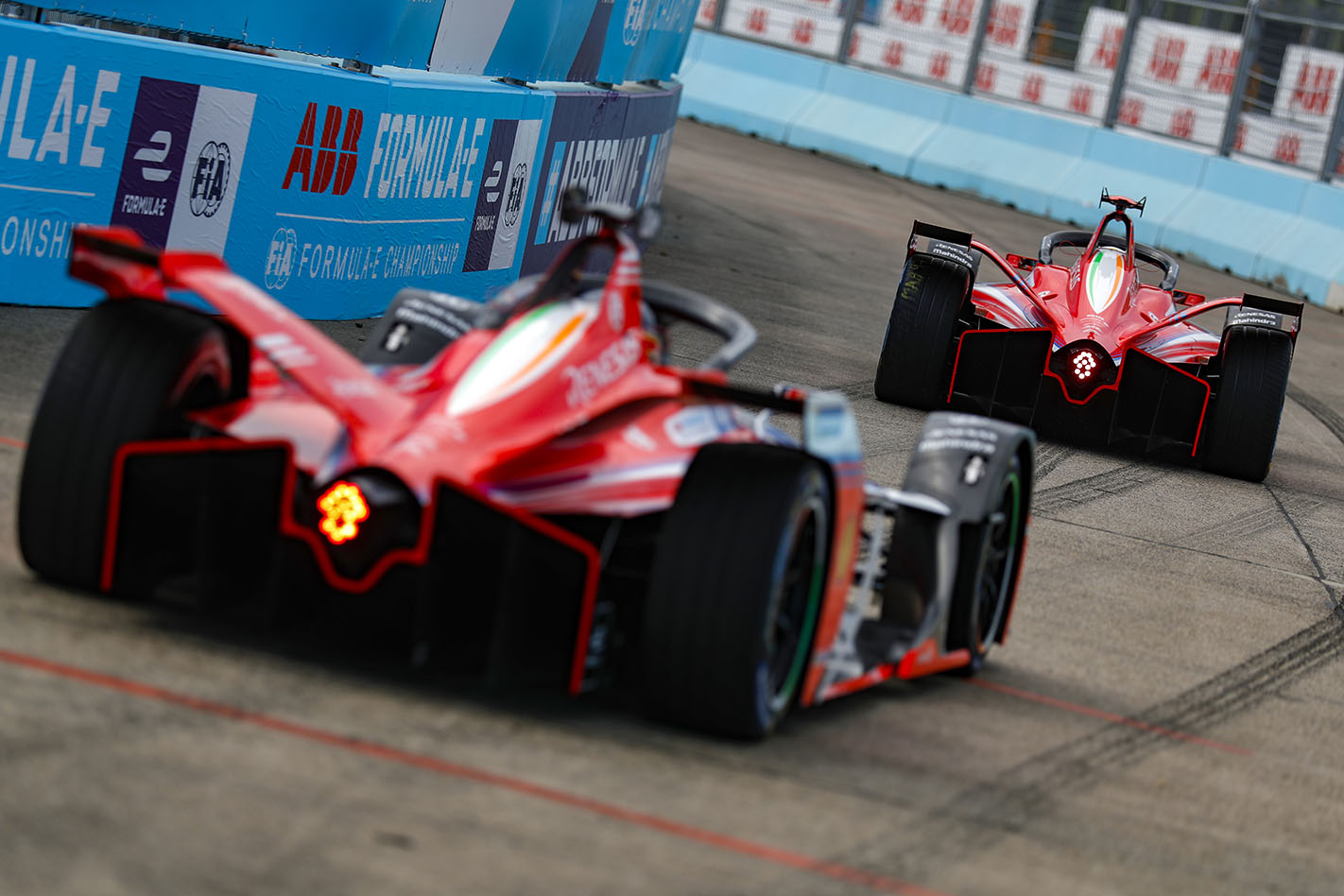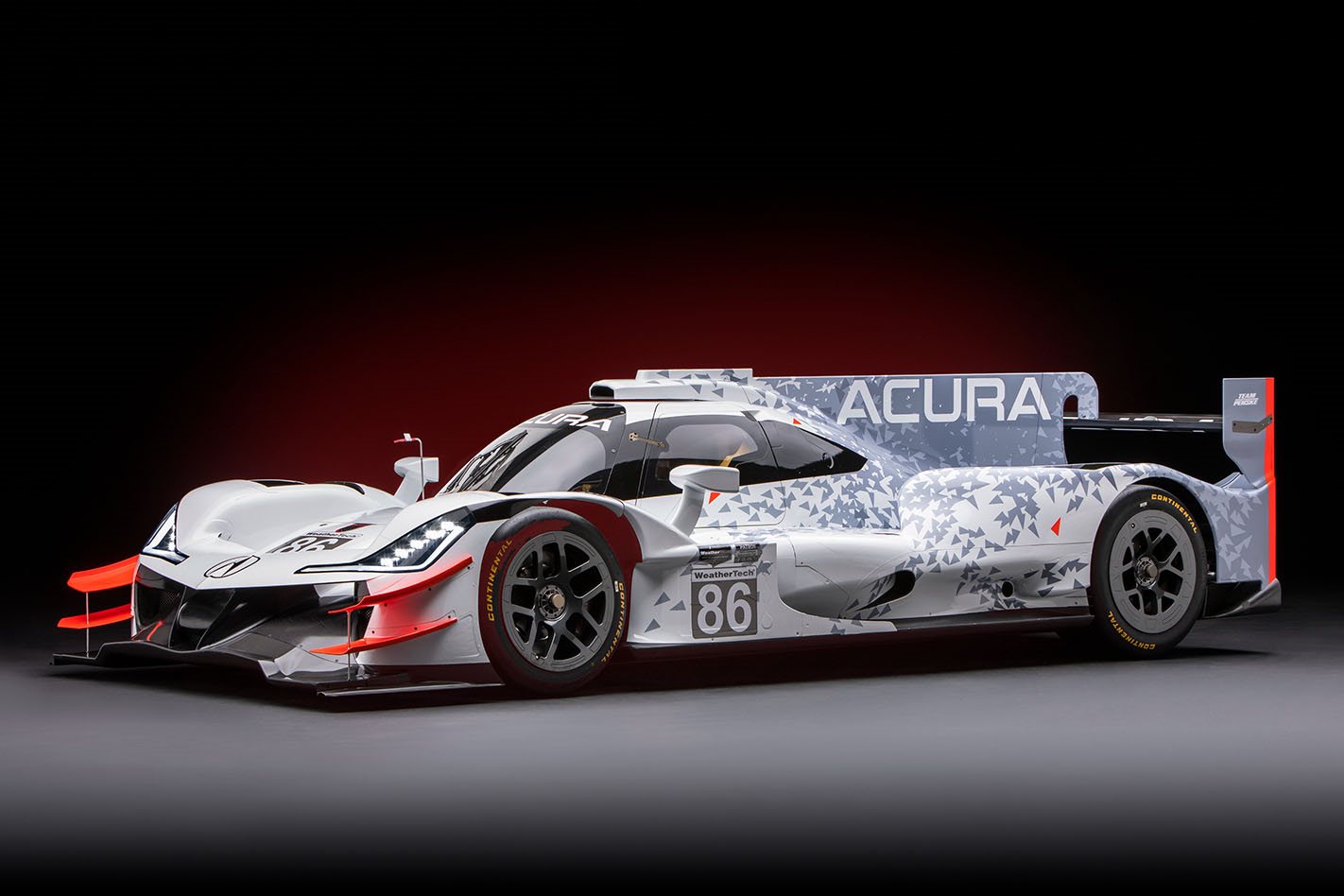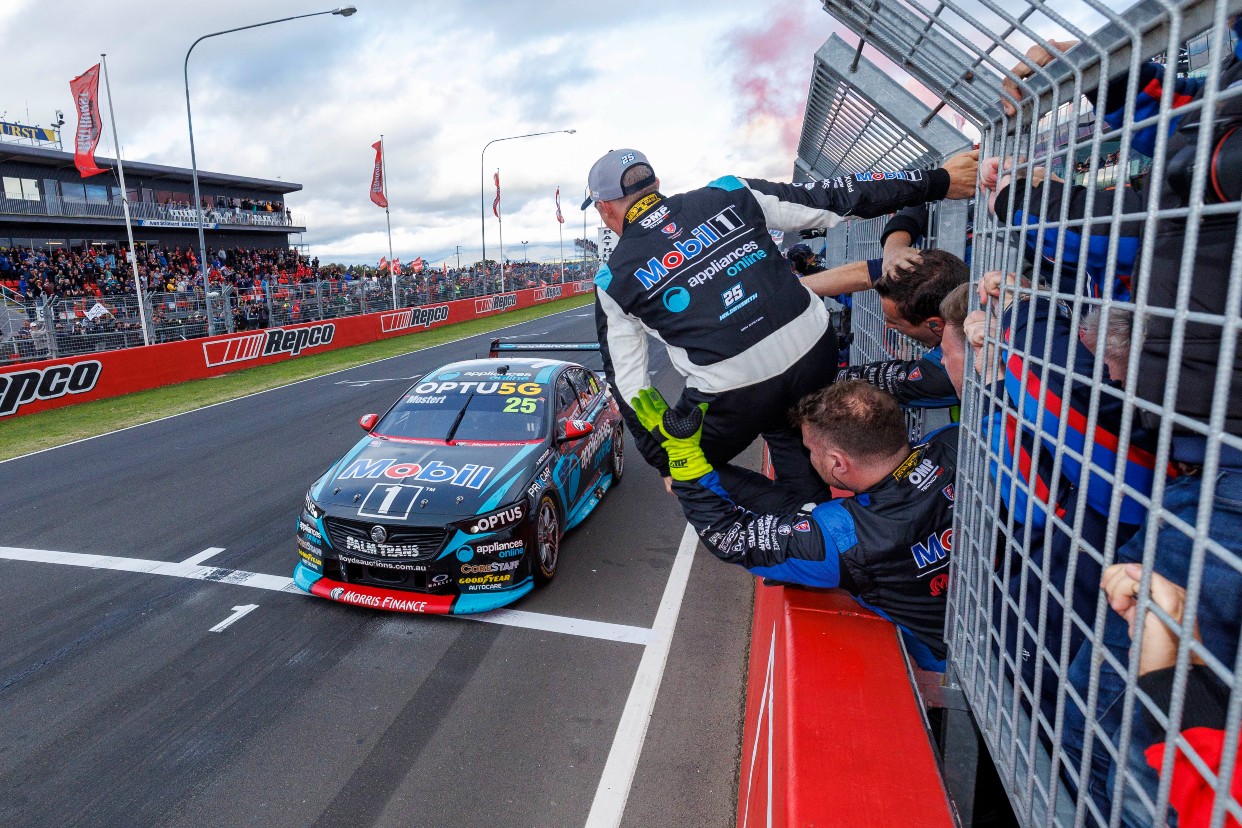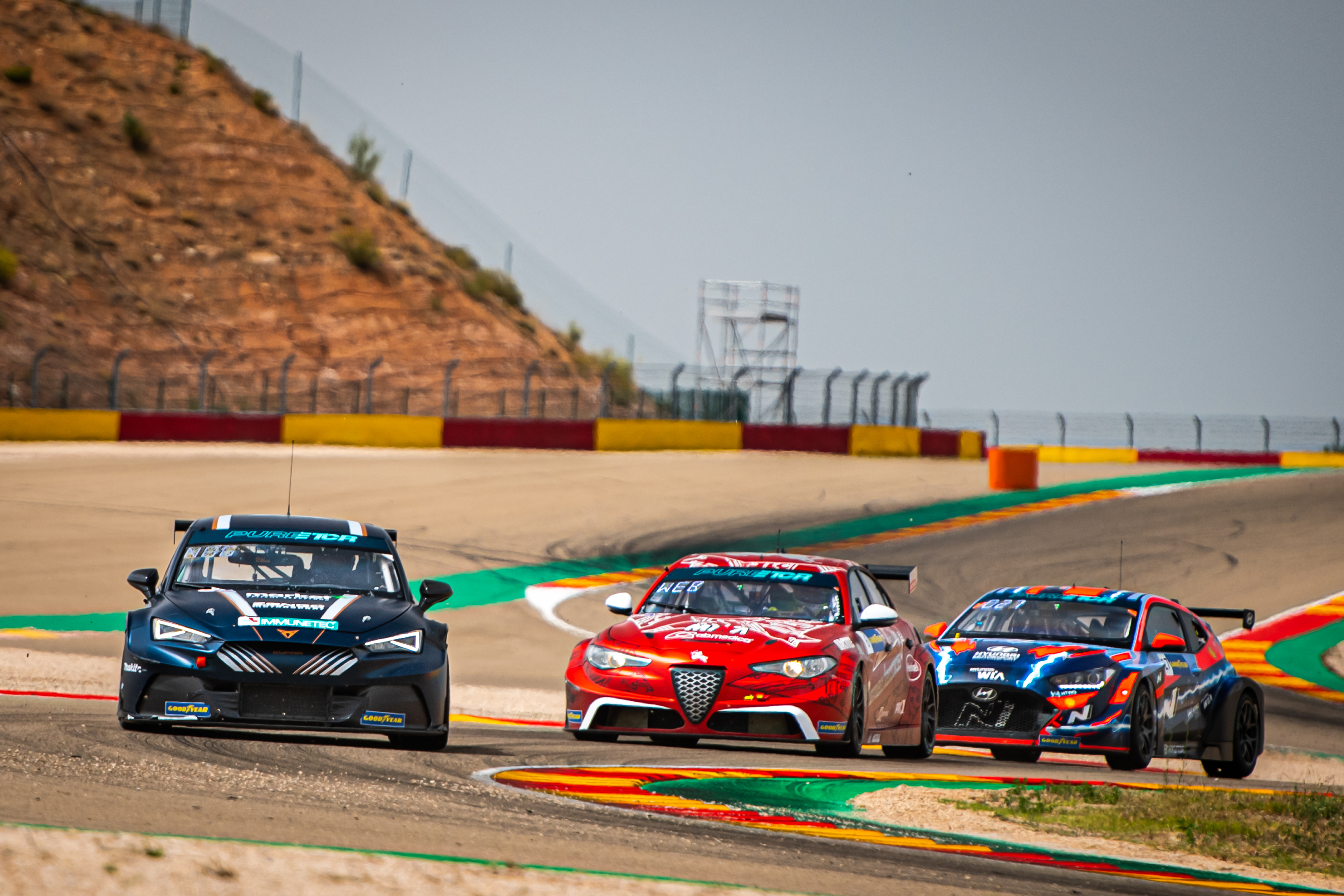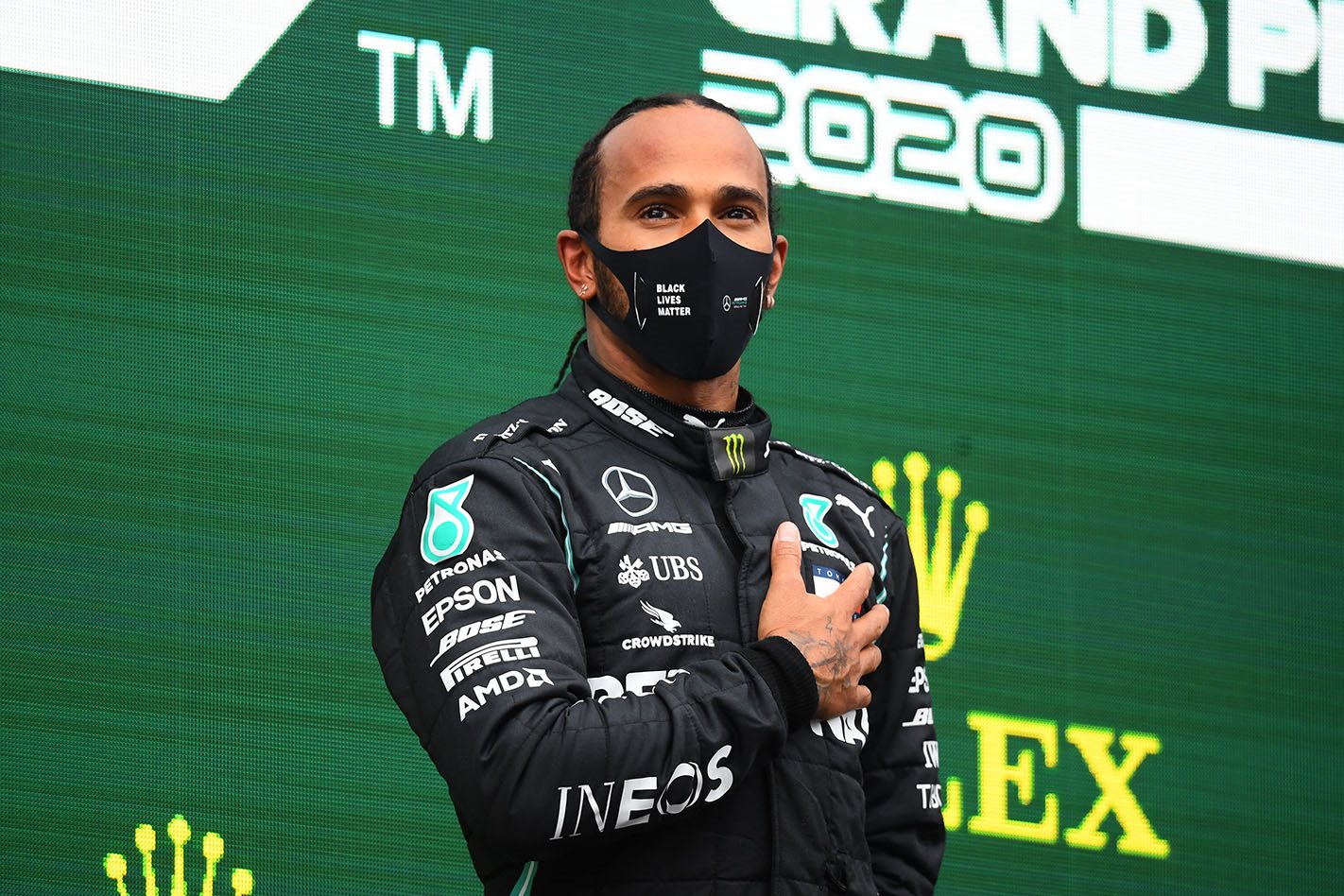Let’s be honest. The last couple of runnings of the 24 Hours of Le Mans haven’t been the greatest in the endurance classic’s nearly 100-year history. Toyota, the sole factory LMP1 team since 2018 has romped home to win with ease, having no serious competition. It’s like dynamiting fish in a barrel.
In just a few short years that will change, with the most prestigious endurance race in the global motorsport calendar entering a new golden era thanks to a new prototype known as LMDh.
Standing for Le Mans Daytona hybrid, the new set of regulations has been created by IMSA, which is responsible for sports car racing in North America. This change has already lured the two most successful manufacturers in Le Mans history, Porsche and Audi, to return to La Sarthe in 2023.
IMSA is owned by the France family – the same empire that built NASCAR – as well as its blue-chip flagship races such as the Daytona 24 Hour, Twelve Hours of Sebring, and Petit Le Mans (a 10-hour event at Road Atlanta). From 2022 the FIA will allow LMDh cars to compete at Le Mans and other World Endurance Championship (WEC) races, alongside its own ‘Hypercar’ or LMH rules that are being introduced in 2021.
The newly finalised LMDh rules allow manufacturers to supply their own engines capable of up to 470kW, which will be paired with a ‘spec’ 50kW electric motor supplied by Bosch for a combined total hybrid system output of 500kW.
There are four constructors licenced to build an LMDh chassis: ORECA, Ligier, Multimatic, and Dallara. Manufacturers can purchase an LMP2-based chassis from one of these four companies and drape their own road car-inspired bodywork over the top, similar to what Cadillac, Acura, and Mazda do with the current IMSA DPi regulations (pictured). Not only is this cheaper than designing a car from scratch, it allows brands to race a vehicle with a design language, if not a silhouette, that reflects what’s sold in dealerships.
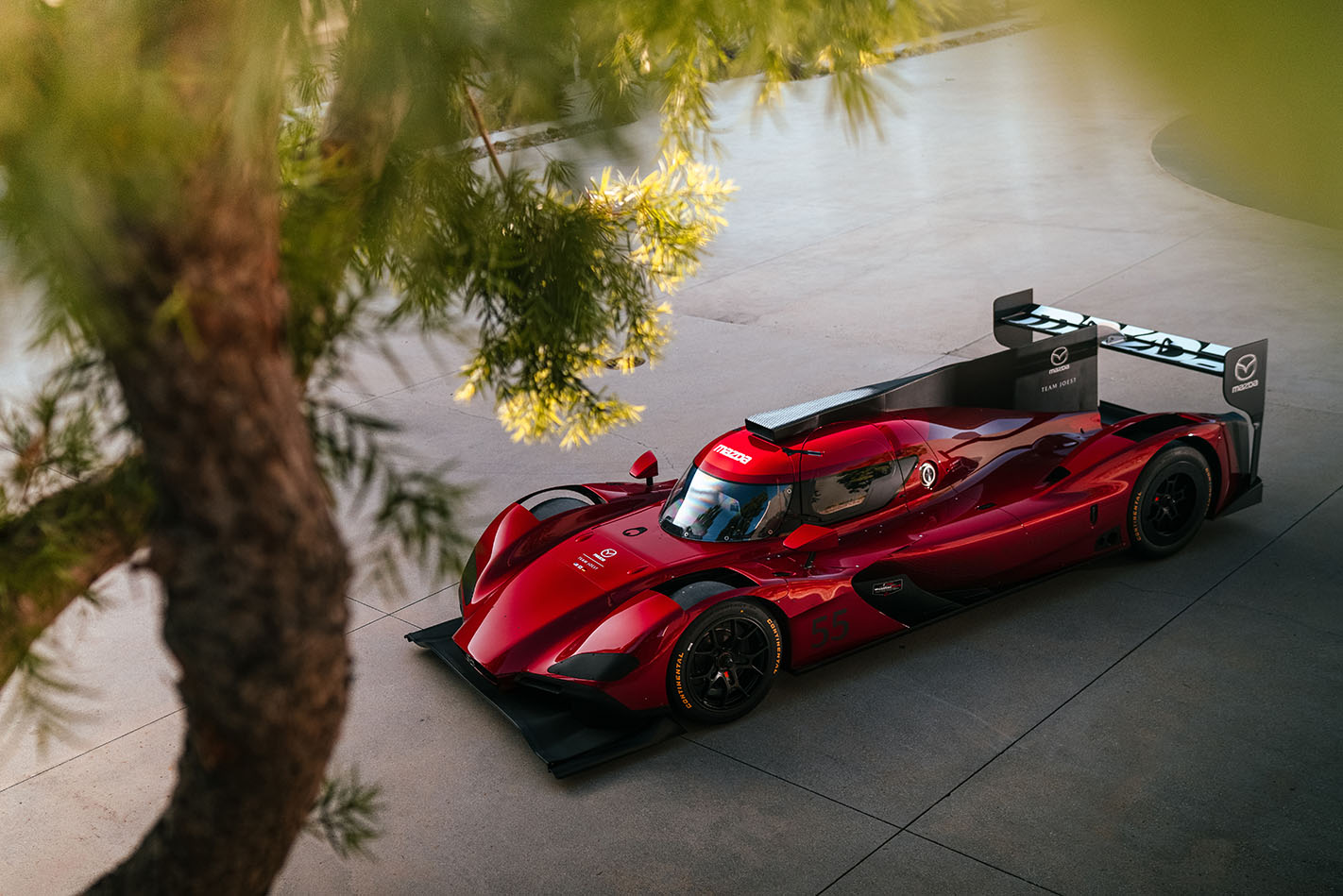
IMSA has worked hard to ensure its LMDh rules are affordable, capping the price of the entire hybrid powertrain supplied by Williams Advanced Engineering at US$350,000, and the chassis (sans XTrac-supplied gearbox) at US$409,000.
It is estimated the total cost to build an LMDh car without an engine will be roughly $1.55 million. That’s a bargain when you compare it to Porsche’s 919 LMP1 program, which at the end of its life was estimated to cost as much as $197 million a year to run. At the same time, F1 is on the path to its new mandated budget cap of, wait for it, $190 million. Winning one of the biggest races in motorsport for a fraction of that cost makes joining the LMDh ranks a no-brainer.
Porsche and Audi aren’t the only ones interested in the American prototype class. Honda’s American arm, Acura, as well as Mazda and McLaren have all signalled their intent to build suitable cars for the regulations. Lexus, which currently fields a GT3-spec RC F in IMSA’s GTD class, has openly stated its interest in the LMDh rules, particularly now a convergence with LMH has been confirmed.
“If there comes a point in time wherein we could take a car from the [Daytona 24] and run it at Le Mans, that would be a game-changer,” Toyota Racing Development president David Wilson said last year.
Unlike the FIA’s LMH ruleset, IMSA’s LMDh regulations don’t require manufacturers to develop roadgoing versions of their race cars. While that means we won’t get million-dollar homologation specials, it does shore up long-term investment from teams and signals a stronger future for the category. Which would you prefer?
Pairing LMH and LMDh regulations using a Balance of Performance system (like that found in GT3) is a masterstroke by organisers. Just think, the 2022 Le Mans field is already confirmed to have, Audi, Porsche, Toyota, Peugeot and Scuderia Cameron Glickenhouse battling for outright victory, with the likes of Mazda, McLaren, Acura, and Lexus also poised to join the fray.
A new dawn is set to shine on La Sarthe, and end one of the event’s dullest periods.
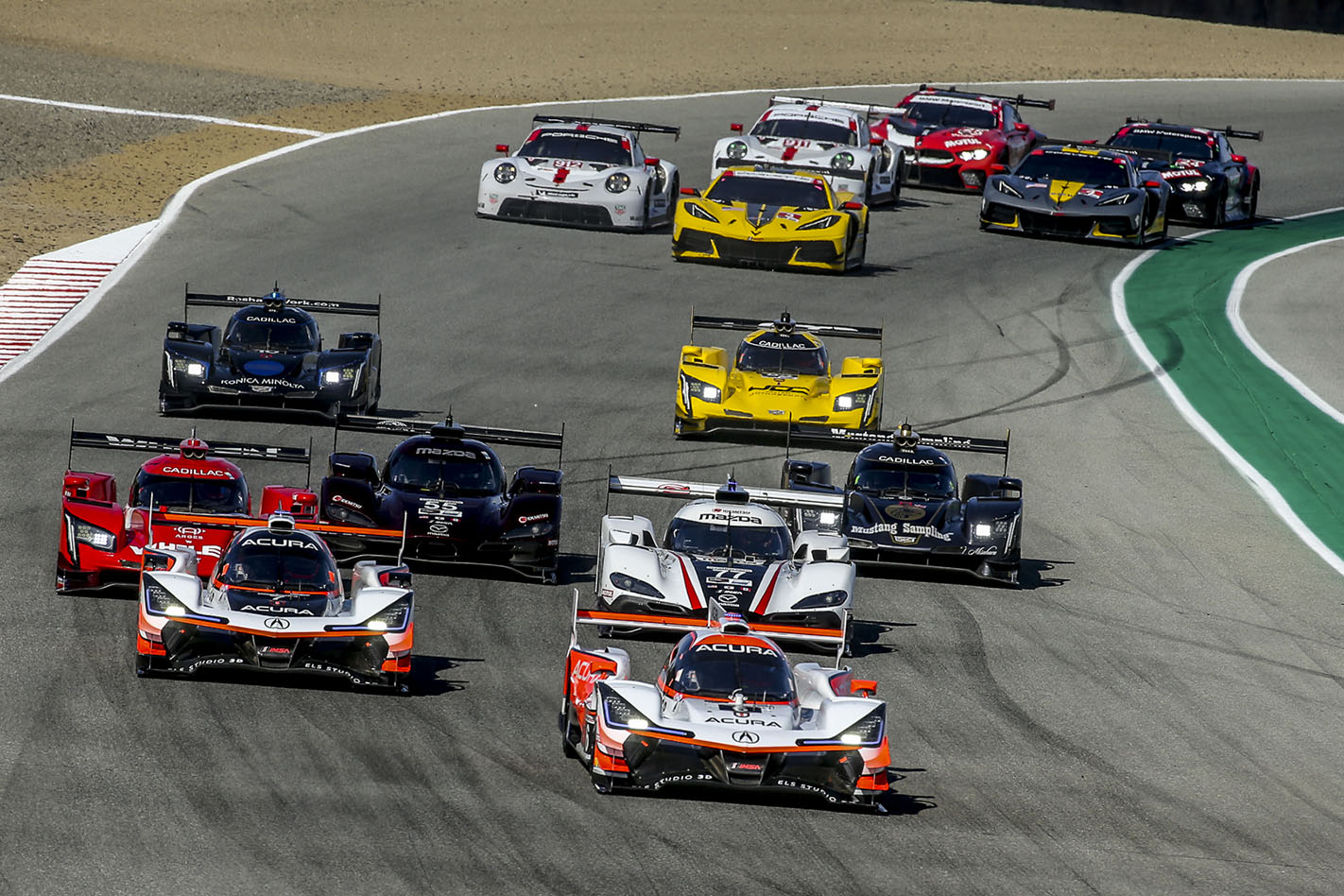
Has Formula E run out of juice?
While LMDh is attracting some of the biggest names in racing, Formula E, is beginning to lose its shine.
Audi’s commitment to LMDh comes at the expense of its factory-backed Formula E program, which has netted a pair of championships (one teams’ and one drivers’) from six seasons. In the wake of Audi announcing its departure, BMW followed suit, letting slip in a press release the core issue that now haunts Formula E.
“When it comes to the development of e-drivetrains, BMW Group has essentially exhausted the opportunities for this form of technology transfer in the competitive environment of Formula E,” BMW said.
In plainer terms, the benefit of racing in Formula E is no longer greater than the cost. That is particularly worrying for the category, given how cheap it is to compete in. As an example, Jaguar spent less than $15 million to run its two-car Formula E team in the 2018/19 season. To make the sport more appealing, Formula E wants to see annual budgets drop to around $4.3 million a year, plus the cost of building the car. For context, a top-flight Supercars team is spending $8-10 million a season, while even midfield crews need budgets of around $5 million.
Established manufacturers are beginning an exodus, but new ones are yet to put their hand up to fill the vacancies.
